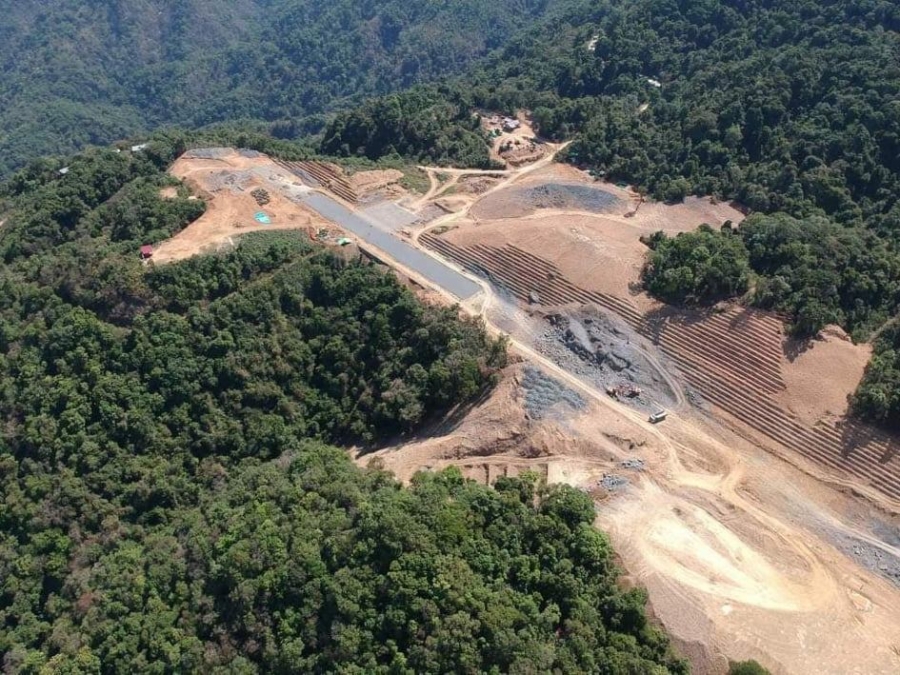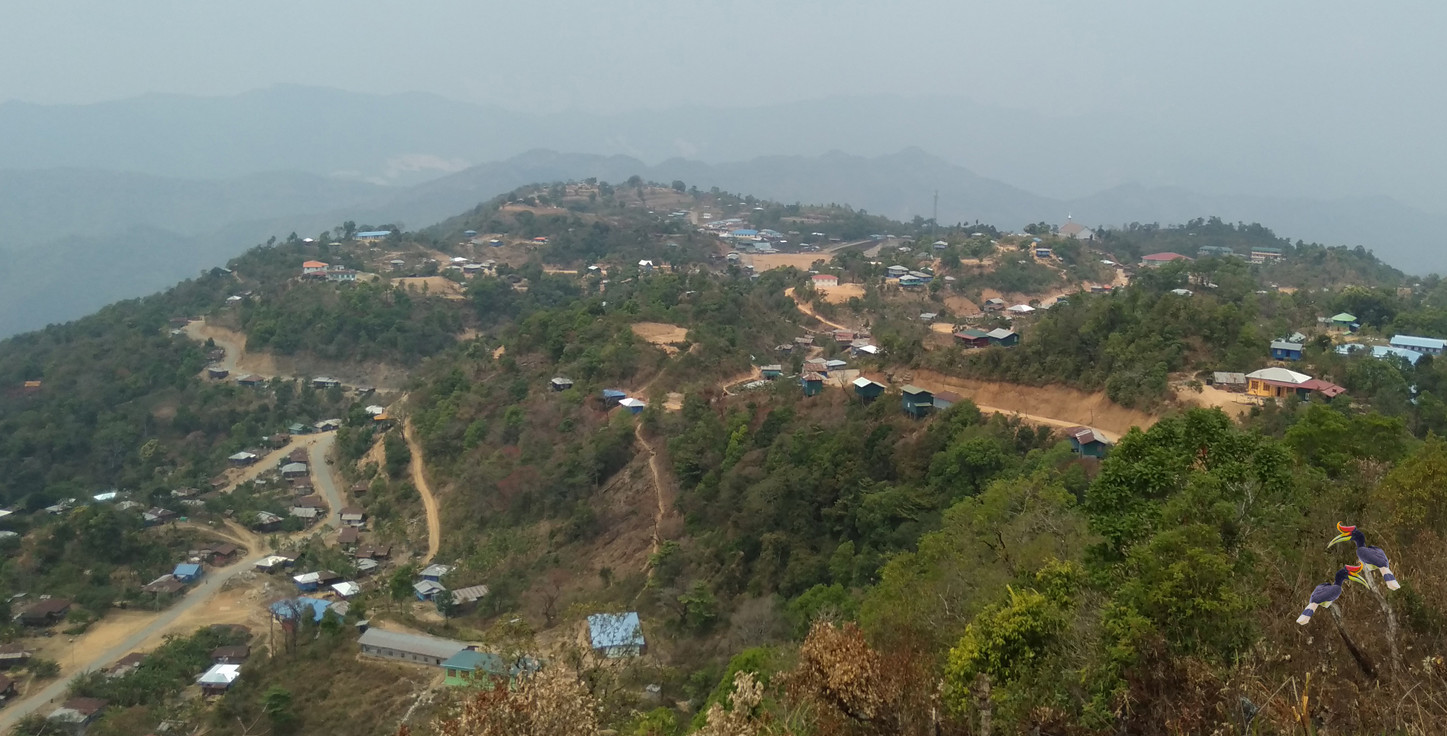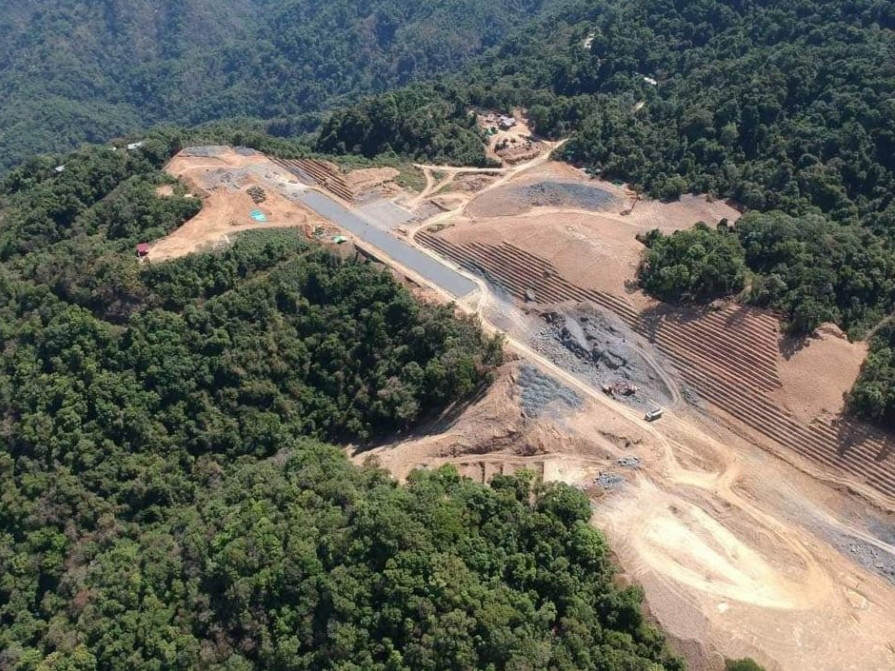
The use of GPS technology in wildlife conservation has revolutionised the way we monitor and protect endangered species. By tracking animal movements, researchers can gain valuable insights into their behaviour, habitat preferences, and migration patterns.
Previously, studying wildlife meant physically following animals or relying on unreliable manual data collection methods. But with GPS trackers attached to collars or tags, scientists can remotely monitor animals’ locations in real-time.






This information is crucial for understanding how ecosystems function and identifying areas that need protection. For example, by tracking the movements of elephants in Africa using GPS devices, conservationists can identify key migratory corridors and establish protected areas along these routes.
GPS technology also helps combat illegal activities such as poaching. By monitoring the movements of critically endangered species like rhinos or tigers through GPS tracking devices, authorities can respond quickly to any suspicious activity within protected areas.
Furthermore, GPS-enabled drones are being used to survey remote regions and collect data on wildlife populations more efficiently than ever. These aerial surveys provide essential information about population sizes and distribution patterns without disturbing fragile ecosystems.
Integrating GPS technology into wildlife conservation efforts has dramatically enhanced our ability to understand and protect vulnerable species. With continued advancements in this field, we hope to see even more significant successes in preserving biodiversity for future generations.
Conclusion: The Growing Impact of GPS in Our Daily Lives
As we have explored the various applications of GPS technology, it becomes evident that its impact on our daily lives is growing exponentially. GPS has become an indispensable tool in numerous industries, from navigation and transportation to fitness tracking and wildlife conservation.
With GPS, we can navigate through unfamiliar territories effortlessly, saving time and reducing stress. It has revolutionised travel by providing real-time traffic updates and suggesting alternative routes. We no longer need to rely solely on paper maps or ask strangers for directions – glancing at our smartphone or car’s dashboard is all it takes.
Moreover, integrating GPS into fitness trackers has transformed how we monitor our health and exercise routines. By accurately tracking our movements, distance travelled, and calories burned, GPS-enabled devices help us stay motivated and achieve our fitness goals. Whether running outdoors or cycling along scenic routes, GPS keeps us informed about our progress every step of the way.
GPS also plays a significant role in location-based social media platforms. With apps like Foursquare or Yelp using geolocation services powered by GPS technology, users can discover nearby restaurants, landmarks, and events and share their experiences with friends. This enhances our social interactions and helps local businesses thrive by attracting more customers.
GPS proves to be a lifesaving tool in emergencies or natural disasters.
With accurate satellite location data, rescue teams can quickly locate lost, injured, trapped or stranded individuals.
GPS enables faster response times, saving precious moments that could mean the difference between life and death.
In addition, GPS aids disaster relief efforts by precisely mapping affected areas, enabling efficient distribution of resources to those in need.
The impact of GPS extends even further into unexpected areas such as agriculture.
With precision farming techniques, satellite-based positioning systems allow farmers to optimise crop yields, minimise waste, and reduce environmental impact.
By analysing data collected from GPS-enabled equipment, farmers can make informed decisions regarding irrigation.


Leave a Reply